One only has to spend a few minutes with John Hilliard, proprietor of Hilliard Bruce Vineyard, to realize that he is a dynamic man of principles, deep convictions, formidable work ethic and unrelenting drive to succeed at everything he does. Born in Houston, as an heir to a shipyard dynasty, he quadrupled his family’s business in record time. John’s passion for painting led him to become a patron of the arts as well as an active involvement in Diverse Works, a Houston based art organization where he became President. He also became an Advisory Board Member for the Museum of Fine Arts and Glassel Art School.
A little over a dozen years ago, John reconnected with his childhood friend Christine Bruce, an avid equestrian and a musician who shared his passion for horticulture. Together they subsequently earned the Master Gardner certifications at Texas A & M and University of Arizona. After successfully running a ranch outside of Houston, John and Christine bought a 101 acre ranch in Santa Rita Hills. They planted 21 acres of Pinot Noir and Chardonnay, utilizing top experts in viticulture. John took extension classes at UC Davis, Allan Hancock College, and Grayson County College to learn the winemaking craft. Today, the couple is as hands-on as it gets. Christine can birth a horse with one hand and make ethereal, sublime Chardonnay with another.

They named their winery Hilliard Bruce to reflect both of their last names and to represent the collaborative effort they nurture. The vineyard is planted to multiple Pinot clones including Calera, Pommard, and Dijons a.k.a “sweatheart” clones and two clones of Chardonnay—76 and 96. It is continuously tended to by a permanent crew of five, a rarity in the wine business, due to cost, augmented by Coastal Vineyards management staff. A quick look confirms how challenging this steep, rocky, densely planted hillside vineyard is to farm. It’s immediately obvious how much hand farming goes into this high maintenance site. A long growing season influenced by maritime weather ensures physiologically ripe fruit of complexity and integrity.
Currently the winery is building an elaborate production facility. It’s a design concept of Dan Lee, with the implementation of Vladimir Milosevic , who designed wineries such as Sea Smoke, Pali, Larner, Sierra Madre, Fiddlehead, Foxen, Grassini, Firestone Brewery and Hospitality Center, etc. It is to become a state -of-the-art, LEED certified gravity flow winery with far larger capacity than Hilliard Bruce’s current boutique production site. The facility is built into a hillside, with an underground barrel room. It is elegantly minimalist, yet undeniably impressive. Due to be finished by the harvest time, Bruce firmly reminds his foreman: “Grapes are getting ripe!” It will have the capacity to sort and press hundreds of tons of grapes. It will also feature a demo kitchen, dining room and an expansive tasting room. The design is a unique combination of functionality and art.
John’s passions run deep when it comes to viticulture, organic farming and sustainability. Sustainability in Practice (SIP) certification is difficult to obtain and even more challenging to implement correctly. John’s goals naturally align with SIP principles: environmental impact control, conservation of natural resources, minimizing pollution and maximizing productivity.
The winery is powered by a 35-kilowatt solar power system. Since John and Christine raise Arabians on the property, the fertilizer comes from them, and is processed into compost. Water is supplied by a nearly 2 million gallon on-site reservoir. Vine irrigation is closely monitored through high tech sensors.
John clearly feels no goodwill for anyone who touts sustainability as a marketing tool to boost revenue. “Artisanal,” “organic,” “sustainable,” have become buzzwords in the wine industry and are used without any actual commitment to corresponding practices. John points out that there are a plethora of misconceptions about organic farming. Rather than science based, it’s primarily driven by emotion, rhetoric and populism. For example, many “organic” farmers use copper sulfur, which is inherently inorganic and poses danger. Ironically, and statistically, organic farmers are the largest users of pesticides in California. Another aspect that frequently gets overlooked by the overzealous folks who don’t let science get in a way of fantasy is the dosage. In other words, the Environmental Impact Quotient is crucial to healthy land maintenance. Chemicals are present in just about every organic matter, including our saliva. “Artificial chemical” is a misnomer and organics are in fact, chemicals.
As I listened to John peel apart the onion layers of organic farming, I realized how honest he is with himself, his peers, and how badly that is needed in any industry, especially when it comes to any type of farming and food production. We, as a society, have developed a highly irrational fear of chemicals fueled by populist, opportunistic, marketing driven entities who prey on emotional thinking and lack of intellectual scrutiny. “Greenwashing” is ubiquitous, not many meet energy efficiency in earnest but love to pontificate on its benefits.
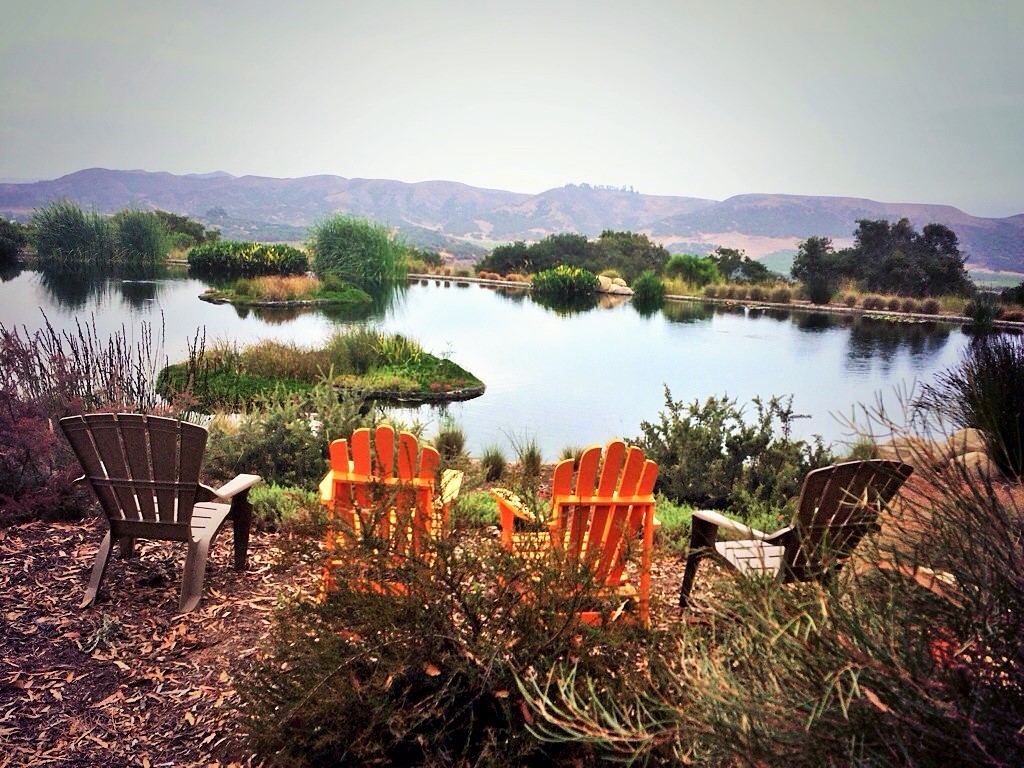
John and Christine possess extensive gardening experience. This provides a perfect training background. Being a Master gardener naturally predisposes one to look for the right balance of soil, climate, clonal selections. They did just that by choosing the right location (after scouting wine properties all over the state, including Napa and Sonoma Valleys.) Santa Rita Hills is a relatively new American Viticultural Area and offered a plethora of possibilities.
John, by his own admission is not in the business of making money. He is in the business of making good wine, his way. After observing a number of winemakers at work in Central Coast Wine Services, most notably, Paul Lato, he decided to be his own winemaker. His reasoning? If he messes it up, it would be his responsibility, rather than living with errors of others. This is no designer, vanity, or absentee owner brand. Its hands-on, all the way.
True to form, John and Christine were determined to make wines of uncommon distinction, integrity, and style, an epitome of artistry and elegance. Unrestrained beauty not masked or overwhelmed by oak or any other additions. In fact, if John feels that the barrel he is tasting has too high residual sugar content, it gets declassified and sold off in bulk.

Well the proof is in the pudding, isn’t it? I recently tasted four wines—2011 Chardonnay, 2011 Earth , 2011 Sky and 2010 Sun. All five Hilliard Bruce wines, four Pinot Noirs titled Sun, Sky, Moon, Earth, and a Chardonnay, are tiny production (240-529 cases) offerings. They are strictly allocated to their mailing list and top-notch restaurants.
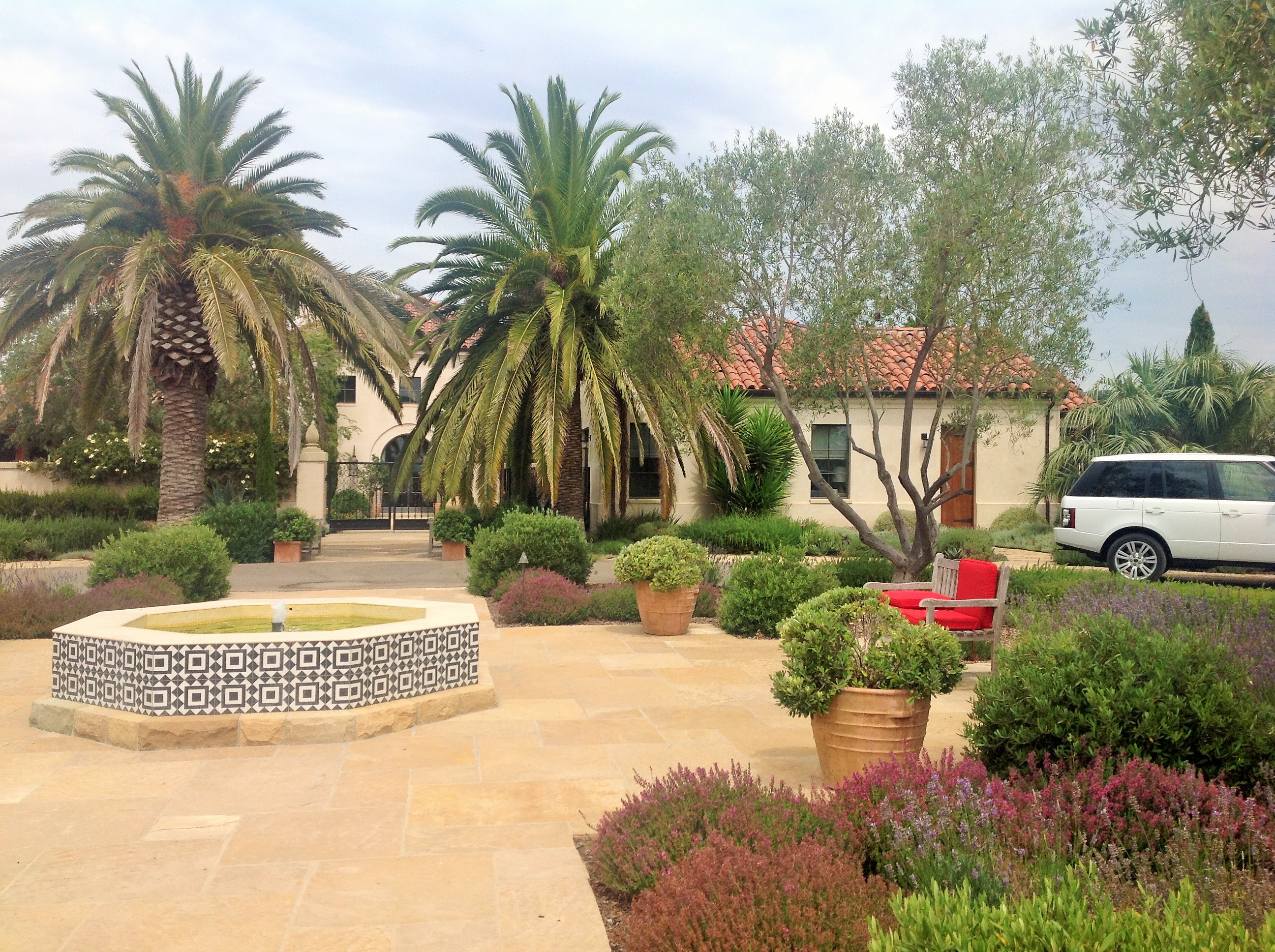
Take a look at her home decor, and you would get an instant sense of Christine Bruce’s sense of elegance and style—understated, yet high visual impact. Her Chardonnay? Same.
Glorious shimmering color, creamy citrusy and slightly nutty aromatics. Not a hint of austerity, it is all about classic, well framed flavors wrapped in a gorgeous floral bouquet that lingers leisurely on the palate. Without a shadow of a doubt, my favorite 2011 Chardonnay from Santa Rita Hills.
Not all vintners make good winemakers. John is the exception to the rule. His drive for perfection and an obvious talent serves him well. His 2011 Pinot Noirs are highly focused. They offer gorgeous purity of fresh and dry fruit, firm yet silky tannins with a clean, lengthy, luscious finish. What more can one desire from in a fine Pinot Noir? The 2010 is quite a head turner. Rich and expansive, it fans out on the palate, performing an expert black fruit dance with just a hint of spice and dark earth, the kind you smell after a fresh summer rain. The tannins are beautiful, long, and luxurious.
During a recent visit, we were musing over the sizes of their newly printed T-shirts with the Hilliard Bruce logo. John turned to his wife and, softly, with the warmest tone of voice, said “You look so cute in that T-shirt.” This private comment wasn’t meant for my ears, but I heard. It sent unexpected shivers down my spine. This couple of twenty-some years is still in love. And that love shows through in their wonderful wines.
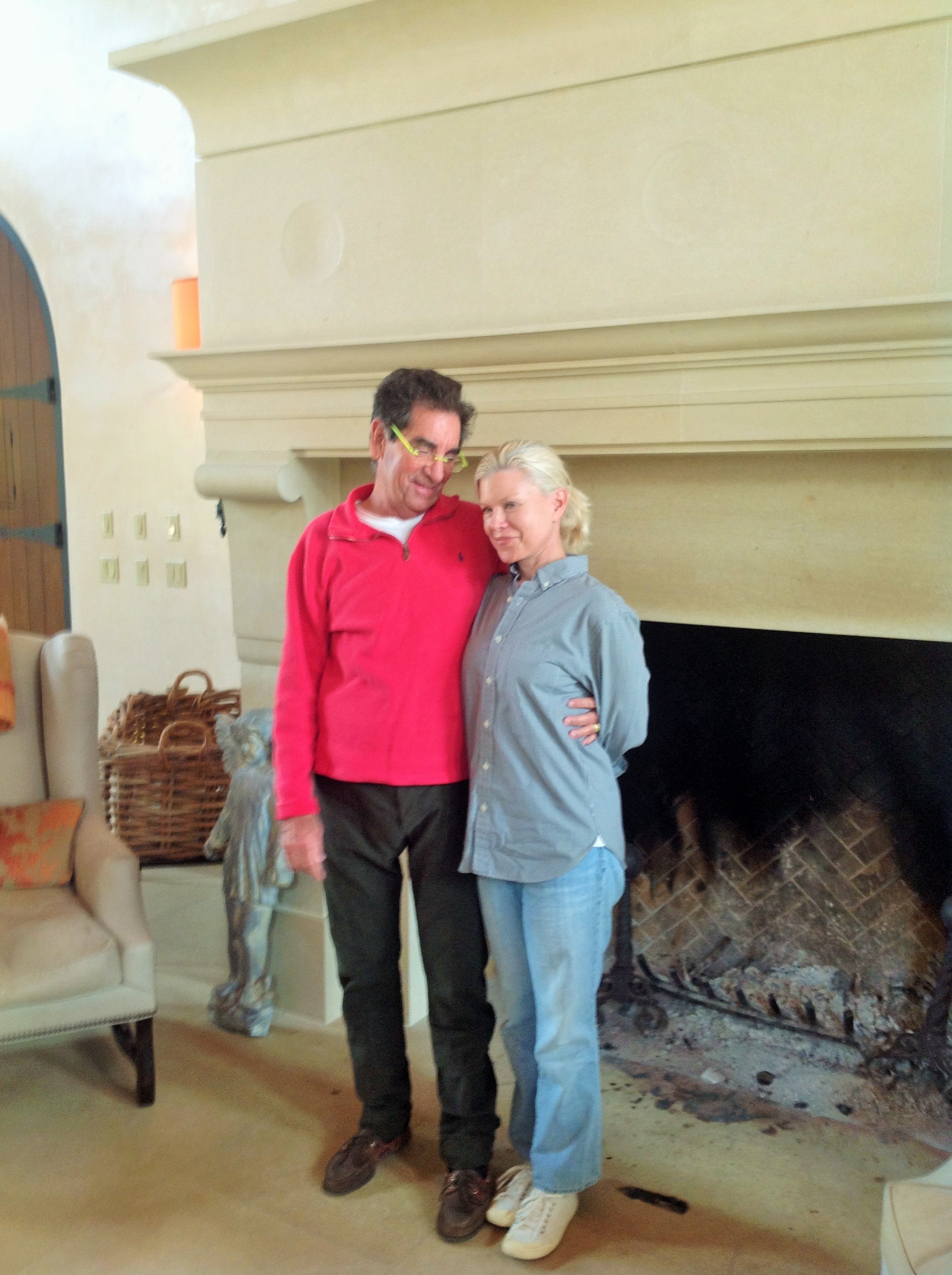
John and Christine are living proof that if you invest your heart and soul, if you love completely and with abandon, if your artistic talents are rooted in a sense of accountability and personal responsibility, anything is possible. If every wine brand took those principles to heart, we would live in a wine lover’s paradise.

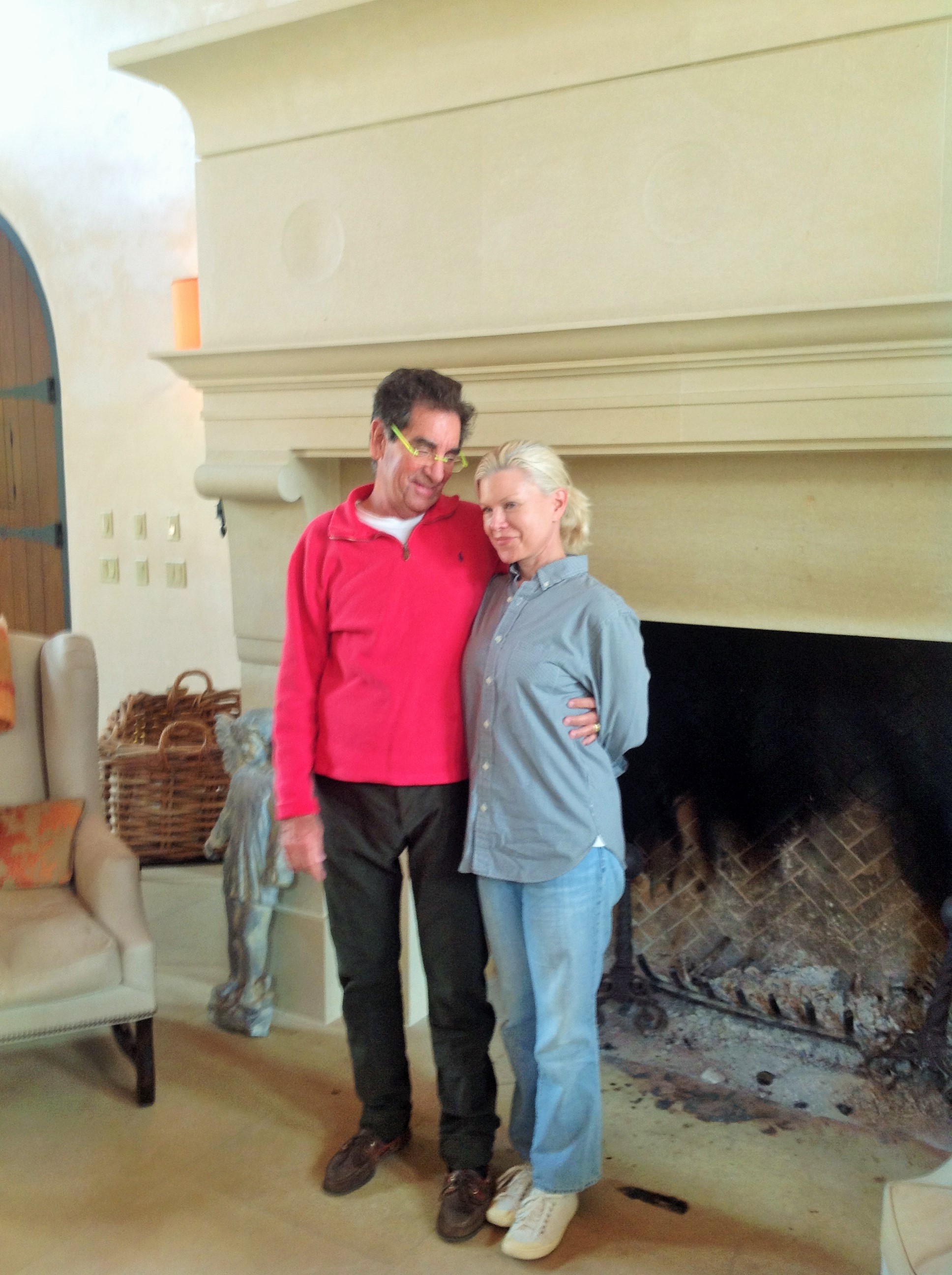


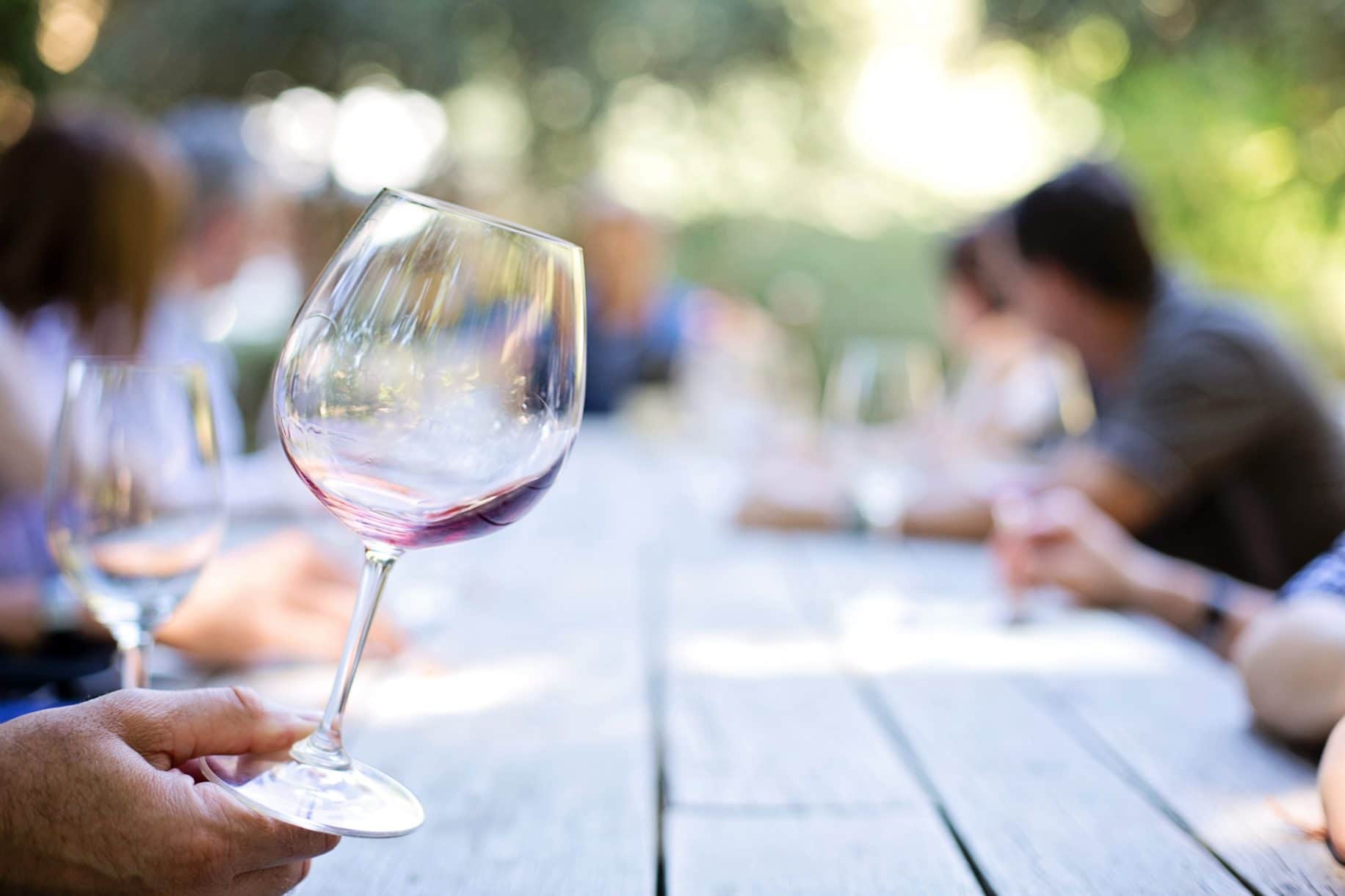

You must be logged in to post a comment.